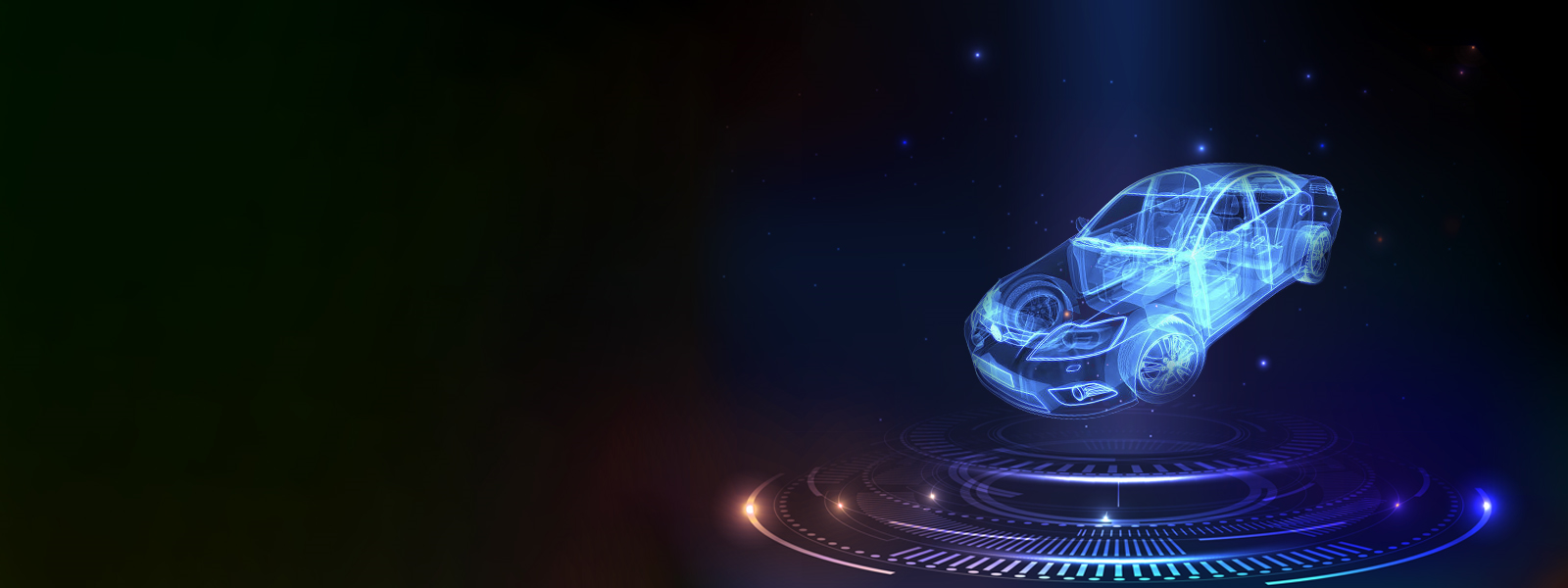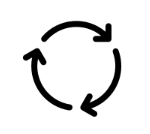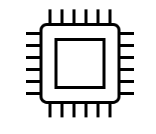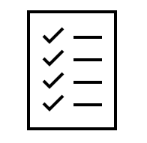Traction Inverter And DC-DC Converter Solutions for Electric Vehicles
An electric vehicle's primary propeller are traction inverters, which deliver torque and acceleration. The overall experience of driving an EV and customer satisfaction are intimately correlated with the reactivity of the inverter and the electric motor it regulates.

Features of our EV Traction Inverter and DC-DC Converter solutions
Interested in more details? Take it up with our consultants.
Traction Inverter for EV
Embitel, with an industrial experience of over 15 years, provide specialised traction inverter solutions to run the powertrains of contemporary electric vehicles. Our demonstrated skill in creating complex algorithms like FOC, guarantees a better functioning for your Electric Vehicles.
Our team has successfully delivered traction inverter solutions to electric vehicle projects all around the world. We respond quickly to our client’s needs because we build end-to-end inverter/converter solutions. So, if you want customized traction inverter solutions, with the correct switching sequence and FOC, you have come to the right place!
Various Components of an EV Traction Inverter
- High-power IGBT or SiC MOSFET power modules.
- High-voltage (HV) battery (48 V to 600 V)
- DC-link capacitor
- Sensing elements (Temperature sensor, Current Sensor, Voltage sensor, Position Sensor)
- Isolated Driver circuits
- Micro controller with power management IC
Technology Architecture of Traction Inverter for EV

Traction Inverter Solutions
- The responsiveness of the inverter and the electric motor it controls correlate directly to the “feel” of the vehicle and consumer satisfaction. Power levels from 10 kW to 450 kW, and these systems require extremely robust IGBT and silicon carbide (SiC) components.
- 96-volt to 1000-volt batteries supply power to traction inverters, requiring inverter components to be rated from 120 volts to 1200 volts while operating at current levels up to 850 A per phase.
- A full ecosystem of parts to support wide bandgap power designs, including SiC diodes, SiC MOSFETs, and SiC Modules.
- MOSFET for Traction Automotive
- IGBT for traction Automotive
- SiC Modules for Traction Automotive
- Sinusoidal Pulse width Modulation (SPWM), Space Vector Pulse width modulation (SVPWM) control technique developed as per the application of inverter.
- Field Oriented Control (FOC) Algorithms:
- flux weakening for wider speed operation of traction drive.
- PI control with anti-windup, torque mode and speed mode.
- Space vector modulation.
- Provides the plant based MBD as per the customer Requirement.
DC-DC Converter
A type of power converter known as a DC-DC converter changes the voltage level of a DC source. It can be either unidirectional, which only sends power in one way, or bidirectional, which can do both. A DC-DC converter is also an essential part of a Battery EV's architecture since it is needed to switch power from a high voltage (HV) bus to a 12V low voltage (LV) bus so that the LV battery can be charged, and the onboard electric devices can be powered.

Components of A DC-DC Converter
- High-power IGBT or SiC MOSFET power modules.
- High-voltage (HV) battery (DC Link) (48 V to 600 V)
- Inductor (High / Low frequency type)
- Power Diode
- DC-link capacitor
- Sensing elements (Temperature sensor, Current Sensor, Voltage sensor)
- Isolate Driver circuits for switching.
- Micro controller with power management IC
DC-DC Converter Solutions
- Power levels from 20 kW to 300 kW, and these systems require extremely robust IGBT
- 96-volt to 400-volt from batteries supplies power to Converter, components to be rated from 120 volts to 800 volts while operating at current levels up to 850 A.
- A full ecosystem of parts to support wide bandgap power designs, including SiC diodes, SiC MOSFETs, and SiC Modules.
- MOSFET for Traction Automotive
- IGBT for traction Automotive
- SiC Modules for Traction Automotive
- Pulse width Modulation (PWM), control technique developed as per the application of Converter.
- As per the power devices (switches), switching frequency has been defined.
- Provides the plant based MBD as per the customer Requirement.
- Expected converter efficiency is more than 90%.
- Maximum Regulation of less than 5% selected for load and line regulation.
- Isolation circuits solution provides to prevent damage to components during fault if required.





























